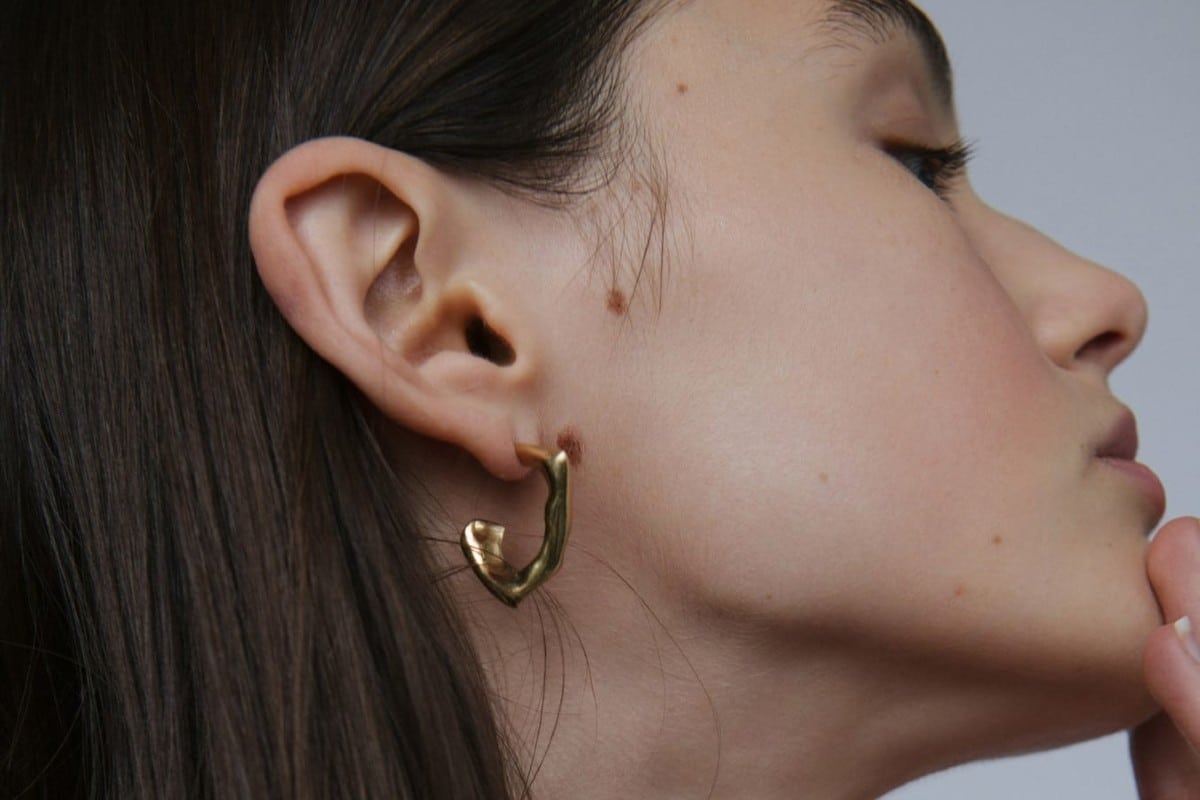
Dermaplaning is one of those specialist beauty treatments that is getting more and more attention. It's currently making the rounds on beauty trends Tik Tok, heralded as a skincare saviour. But before we all run out and book and appointment, what exactly is dermaplaning? And is it actually suited to you, your skin need and your skin type?
To find out more we spoke to Nicky Tzimas from Regenerer Medical Clinic. She's offered dermaplaning for years at her skin clinic in Melbourne and she has a few things she wants you to know before you decide dermaplaning is the solution for you.
Below, find the answers to everything you ever wanted to know about dermaplaning.
What is dermaplaning?
Dermaplaning is an effective and safe method of exfoliating your skin with a surgical blade. The blade is held at a 45-degree angle and is glided across the epidermis in short strokes to remove excess dead skin and peach fuzz hairs. This will reveal new skin cells to give the skin a radiant, smooth and youthful appearance.
What can dermaplaning do for skin?
Dermaplaning will instantly give your skin more of a glow. The skin will look and feel smoother and can also reduce the appearance of scars, pigmentation and fine lines and wrinkles. As the dead cells and peach fuzz are removed, skin care products can penetrate deeper making them more effective and makeup goes on more smoothly too.
Are the any cons to dermaplaning?
The results from dermaplaning can vary. Vellus hair does not grow back darker and thicker post treatment, however if a pigmented hair is targeted then this may cause thicker regrowth. Improper techniques could lead to disappointing results or could possibly cause minor injuries and in rare cases can also cause scarring.
Do you need a particular tool for dermaplaning?
Yes, a sterilised 10-gauge scalpel is used by a certified well-trained aesthetician.
How often should you do this for optimal results?
As this is a deep exfoliating treatment, it is advised to allow the skin cells to complete a normal
renewal cycle before exfoliating again. Therefore, it is recommended to wait at least a month between
visits.
Can dermaplaning be done at home?
There are at-home kits available to purchase, however we recommend this treatment to be performed only by a trained skin specialists in a salon environment. The skin must be assessed prior to treatment to rule out any underlying condition which may be contributing to symptoms. If the treatment is done with inadequate training, then the likelihood of complications and a poor treatment outcome is much higher.
How is dermaplaning different to just shaving your face?
It is different as a surgical blade is used and a much more thorough and precise technique is used, compared to a razor. Dermaplaning with a surgical blade should be performed by a trained professional especially if there is a particular skin concern.
Is there anyone that should avoid dermaplaning?
This treatment is not recommended for people who have sunburn, inflamed active acne breakouts, eczema, raised vascular lesions, excess oil, sensitive skin, severe inflammatory skin condition, prone to hypertrophic or keloid scarring, cold sores amongst treatment zone, excessive dark facial hair associated with a condition such as polycystic ovaries disease.
Is there anything people need to know before they start?
Always consult with your skin specialist prior to treatment. Ensure the specialist has been trained and
certified to perform this procedure. Always compliment results by using active ingredients at home and
protecting your skin from the sun with SPF.



